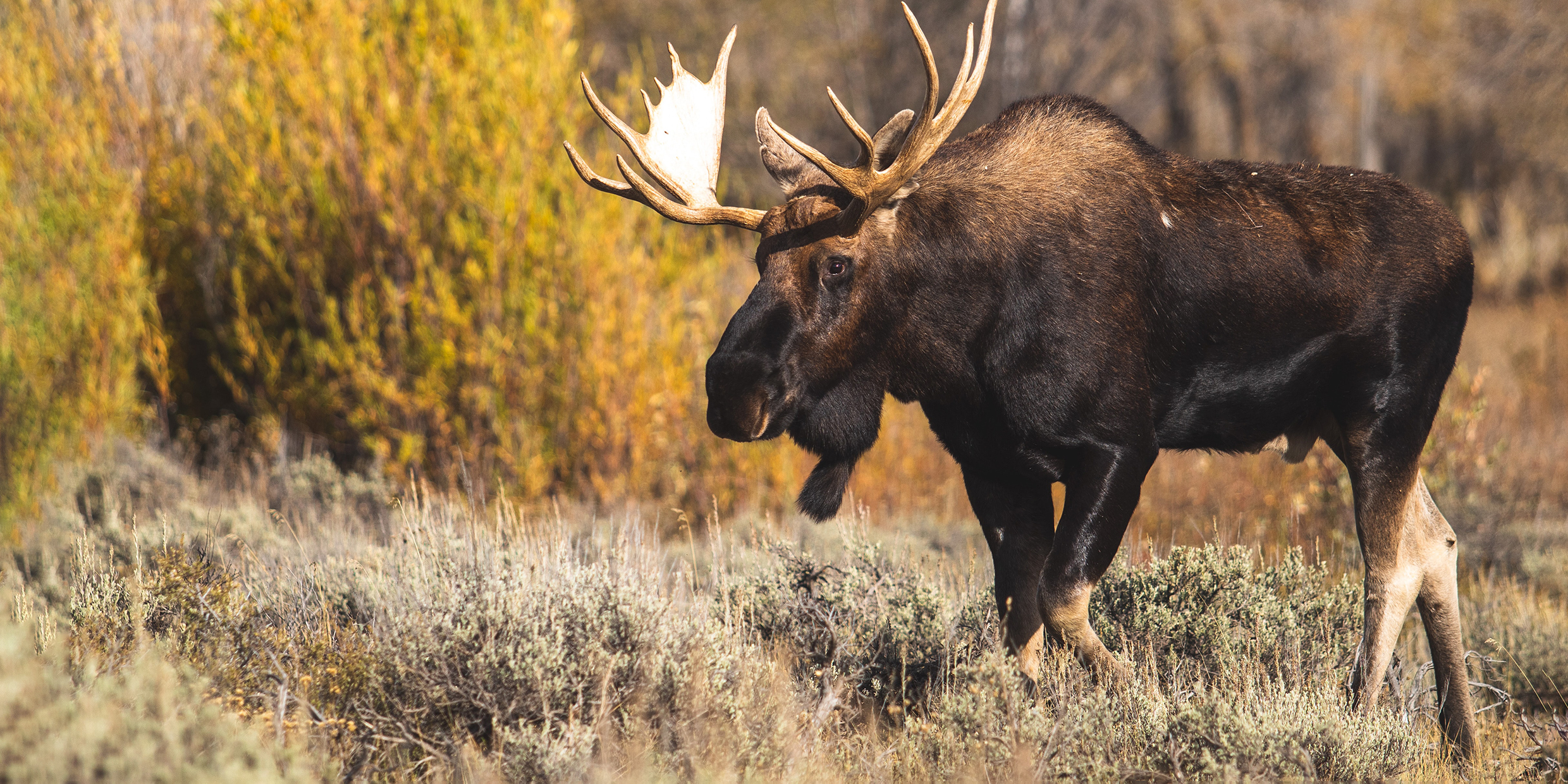Originally published 1 November 1993
This is the story of the moose that went to Paris.
It is the story of how Thomas Jefferson got stiffed for a stiff.
Let’s begin at the beginning, with Georges-Louis Leclerc, Comte de Buffon.
Buffon was the world’s most respected zoologist and botanist during the reigns of the French monarchs Louis XV and XVI. He was something of a sycophant, a sometimes slipshod scientist, and a protege of Louis XV’s supremely influential mistress, Madame Pompadour.
At the wishes of his royal masters, Buffon stocked the park at Versailles with wild animals. He restored and expanded the Jardin des Plantes on the Left Bank in Paris. And with the confidence that goes with being a favorite of kings, he embarked upon writing a comprehensive natural history of the world.
In that work Buffon expressed the pontifical opinion that native animals of the New World are smaller than those of Europe, that there are fewer species of animals in America, and that domesticated species degenerated upon crossing the Atlantic. Even American Indians shared this diminutive tendency, wrote Buffon, possessing “small organs of generation” and “little sexual capacity.”
On his mountain top in Virginia, Thomas Jefferson read these opinions with outrage. “Ours are bigger than yours,” he wanted to shout across the Atlantic to the famous scientist on the other side. A comparative braggadocio had begun, as among schoolboys in the playground.
In his Notes on the State of Virginia, Jefferson went to great lengths to refute his rival. He compiled weights of North American and European species in an attempt to show that New World animals are bigger, more varied, best. None of this had any effect upon Buffon, but it undoubtedly made Jefferson feel better.
Jefferson was not alone in being offended by Buffon’s blatant chauvinism. Buffon’s name was a favorite target for denunciations at Fourth of July celebrations throughout the young republic.
In 1784 Jefferson was appointed minister to France. He traveled via Boston, where he purchased an enormous panther skin with which to regale the eminent French naturalist. When at last the two men met at Buffon’s home in the Jardin des Plantes, Jefferson offered his friendship and his statistics.
Buffon was unfazed. He took down a copy of his latest work from the shelf and said to Jefferson, “When Mr. Jefferson shall have read this, he will be perfectly satisfied that I am right.” Jefferson thereupon produced his panther skin, momentarily confounding his adversary.
Now Jefferson waited to deliver the coup de grace.
While still in America, he had asked John Sullivan, Governor of New Hampshire, to capture a moose, the biggest that could be found, prepare it for stuffing, and ship it to Paris. Carte blanche.
The governor’s agent “sallied forth with his forces” into the snowy wilderness of Vermont, where he killed “with difficulty” a moose. It took two weeks to remove the animal from the forest, a task that required building a 20-mile road to the nearest settlement.
By the time the moose reached Sullivan it was already in a state of putrefaction. The governor set about having the moose cleaned and prepared for shipment, a job (as he wrote Jefferson) “such as was never before attempted.”
The moose’s antlers were apparently unimpressive, but Sullivan sent along the horns of a deer, an elk, and a caribou. “They are not the horns of this moose,” he wrote, adding — with a certain lack of scientific scruples — “but they may be fixed on at pleasure.”
Sullivan’s bill arrived in Paris before the moose. Jefferson had expected that an animal could be obtained from some hunter for a pound or two, to which might be added a few pounds for shipment. To his astonishment and dismay, Sullivan’s carefully itemized invoice amounted to 46 pounds sterling. This would be about $4,000 – 5,000 today, a pricey put-down for Buffon.
At last, the moose itself appeared in Paris, in an appalling state of decay. A good part of the hair had fallen out in transit. The carcass probably smelled to high heaven. Jefferson nevertheless sent it on to Buffon, along with the horns of the elk, deer, and caribou, assuring him that all of the specimens were disappointingly small. “The horns of the Deer which accompany these spoils [sic], are not the fifth or sixth part of the weight of some I have seen,” wrote Jefferson in his cover letter, no doubt with red-faced embarrassment.
He toughed it out. Buffon was gracious, but unimpressed. His book went unrevised.
End of story? Soon after the episode of the moose, Buffon died, being granted one of the last royal funerals in Paris. A year later, the Bastille fell, and Buffon’s son took his father’s place under the guillotine.
Jefferson returned to his hilltop in Virginia, apparently satisfied that the issue of diminutive American species had been satisfactorily resolved.
No one knows what became of the moose.



